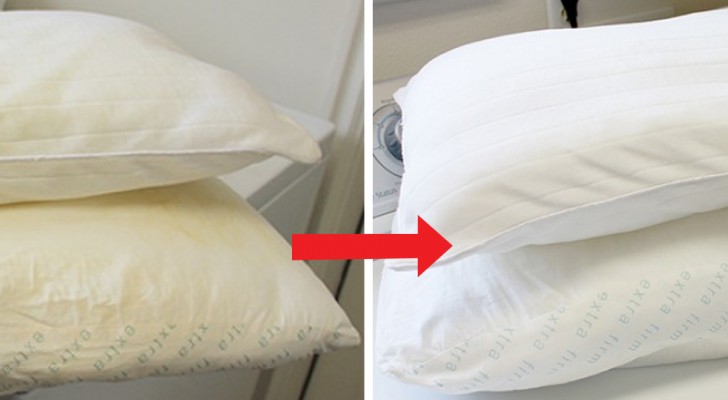Discover the hidden secrets of a tape measure! Who knew?!
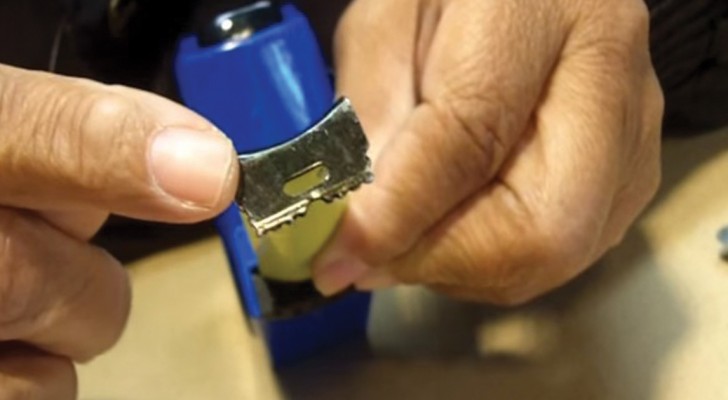
Have you ever wondered about that little metallic hook at the end of a common or metal tape measure?
In fact, located on the end of a tape measure, when it is pulled out of the case in which it is contained, there is a small L-shaped hook. Well, what are all of its functions?
Discover all the tape measure tricks and features that you have never thought of by browsing through the photo gallery and by watching the instructional video!
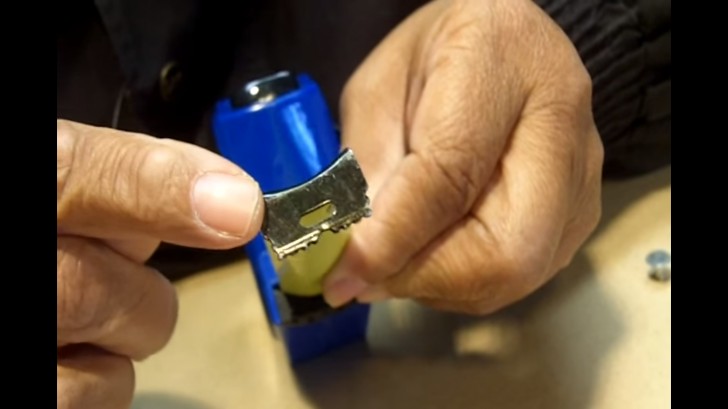
First, we must focus attention on the end of the tape measure which emerges from the plastic box, on it there is a small metallic plate in the shape of L, which takes the name of "the hook". Well, on the hook there is always a small oval slot (as shown in the picture), that has a very specific task ...
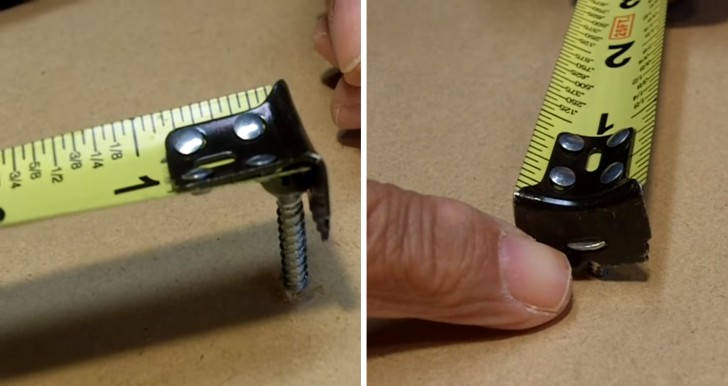
.. through this oval slot, it is possible to hook the head of a nail or a screw and thus stop the measuring tape from moving and rendering in vain its measurement!
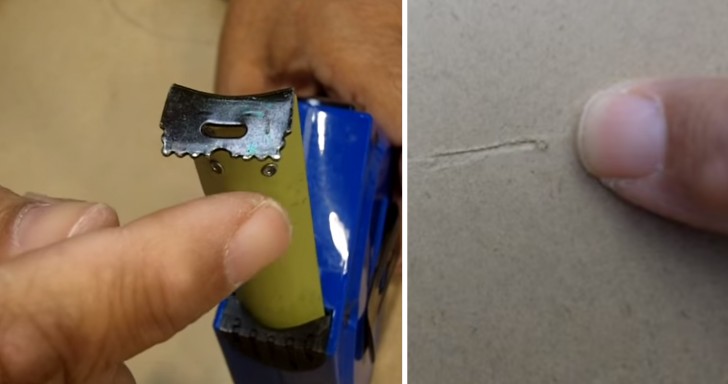
Here is another little trick that you can adopt by using the serrated bottom edge of the end hook. If you are carrying out measurements on blocks of plywood or something similar, you can use this to mark the measurement points or the distances, thus leaving a conspicuous sign.
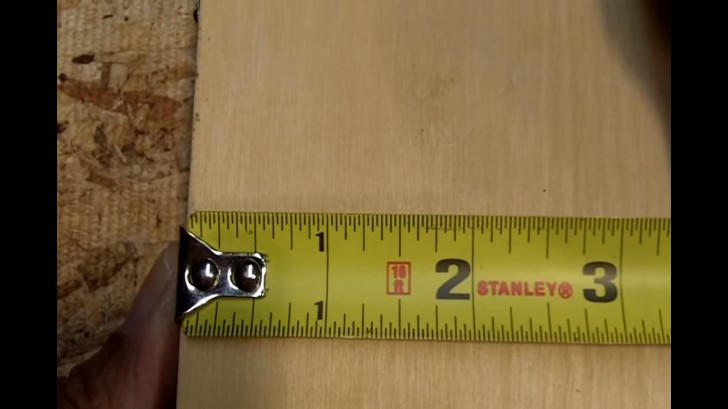
Another thing to definitely bear in mind is the usefulness of the hook, in its entirety, and not just its individual parts, namely its ability to be anchored to boards or similar materials to allow for effective and accurate measurement without needing another person to hold the end of the tape measure. In addition ... have you ever noticed that the first inch or centimeter is shorter than the others are?
The reason is that the first centimeter length must take account of the end metal thickness in order to achieve perfect 1 cm. For the same reason the term paper is semi-mobile: if we measure by hooking it to an edge will stretch to get the length of 1 cm without calculating the metal thickness.
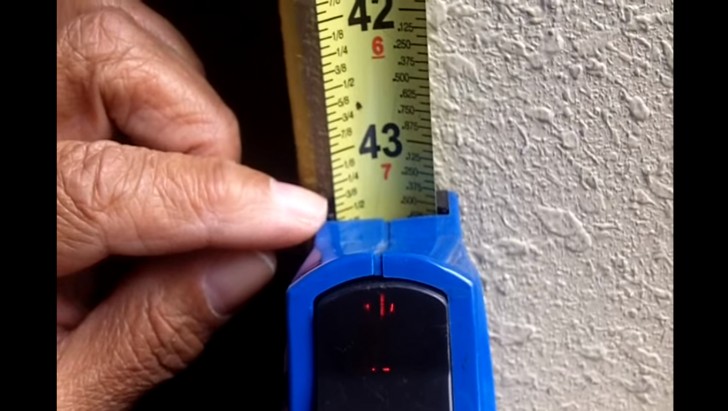
One should not think that the only usable part of a tape measure is the tape measure itself. Actually, even the case that holds the tape measure is very useful for accurately determining a measurement. If one observes carefully the edge of the case, you can see that there is also present a measurement. This indicates the length of the casing box so that this measurement can be added to another measurement to obtain the real or actual measurement even in corners.
Now, just watch the video to see the practical application of the four tape measure features that we have discussed.





